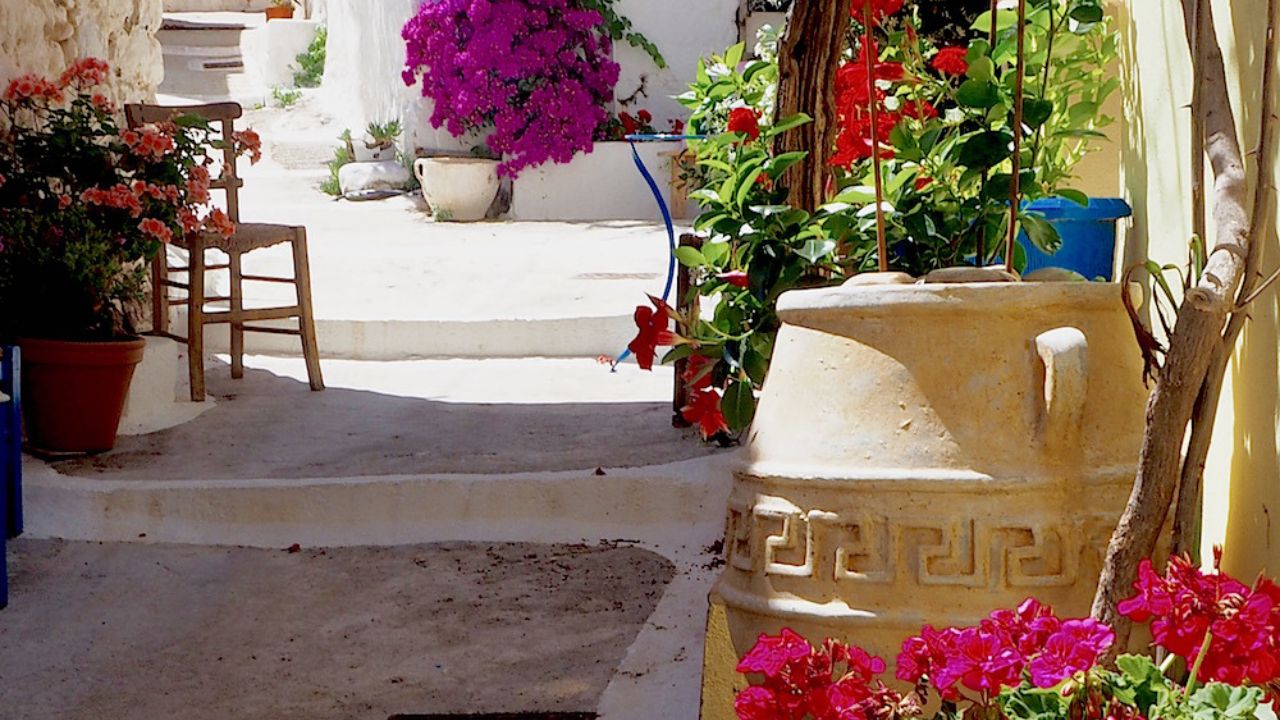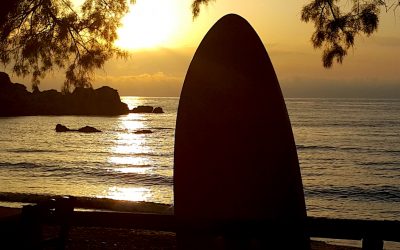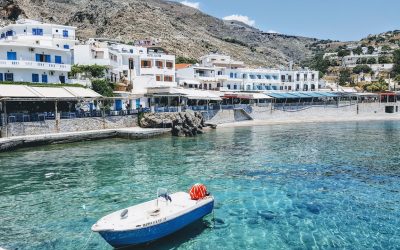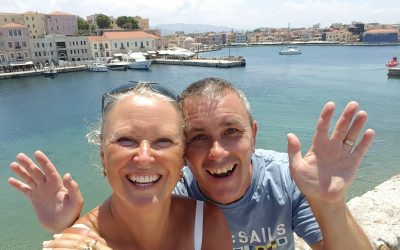The largest of all the Greek islands, Crete is known as the mythical birthplace of Zeus, king of the Olympian gods. This...

Crete
Crete
Crete is the largest and most populous of Greece’s islands and holds its place firmly in the south of the Aegean Sea some 100 miles away from the mainland. It is an island of cultural and natural diversity offering gorgeous coastline, of course with its crystal clear waters, although more surprising are its mountains, stunning gorges and inland villages full of local traditions and charm. A tour here whether by motorhome or with a fly drive will not disappoint. Here are our reflections from our five weeks touring this stunning island and of course feel free to download our free ebook too.
Click here to download your personal copy of our free eBook.
What to expect visiting Crete
As we sit here on the cusp of our ferry back to Greece mainland, I'm feeling very reflective about our month on this real Treasure Island....
What to expect from Crete
Sometimes the longest journeys hold the greatest rewards. What a great quote. I can’t quite remember who said it, although I have a fancy...
Follow us
You can find us on social media,
different channels for different content.



